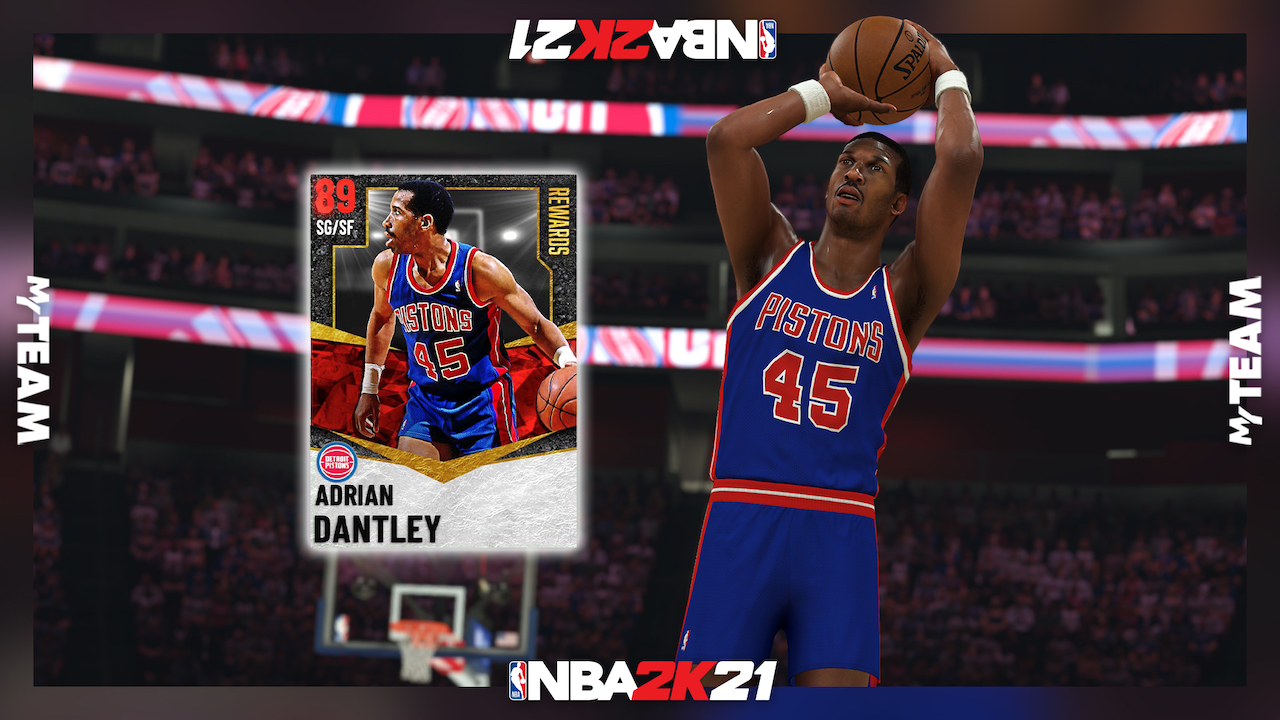

A good practice of depth is to roster at least one back-up for each position to feature players' desired rotation.

These slots are usually filled by players recovering from injury or veteran players who have run their course in the league.

1 of these players must be inactive, meaning he cannot play during a game on any given night unless activated 24 hours before a contest. They continue to run base offensive sets, but who needs defined play-calling when you have LeBron James, Russell Westbrook, and Anthony Davis in the league? There is only so much preparation and counter to a player's skill set in today's league, making roster construction a telling piece of the longevity of a franchise.Ī team is allotted a maximum of 15 players on the active roster. Players stuff the highlight reels and are limited to offensive playsets. The current NBA is more skill-based than it is fundamental. The current pace and performance of the league's talent pool is also something to take into consideration. Combining the two forces is usually the most effective in roster construction, but the proof to a perfect answer is far from solidified. If you look at teams of the past, some instances feature a barrage of defensive talent or a deep bench filled with shooters. The construction of NBA rosters differs across past champions.


 0 kommentar(er)
0 kommentar(er)
